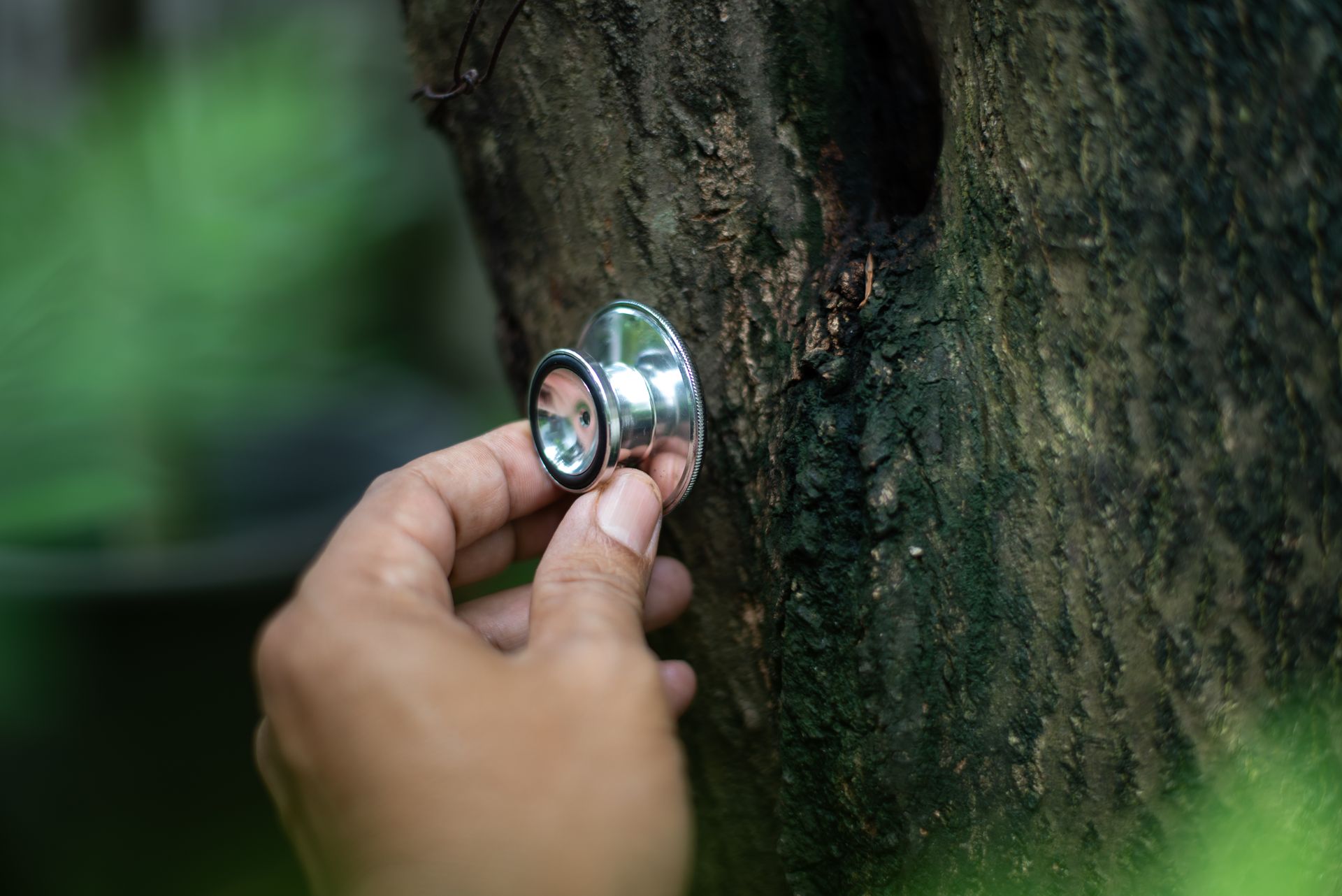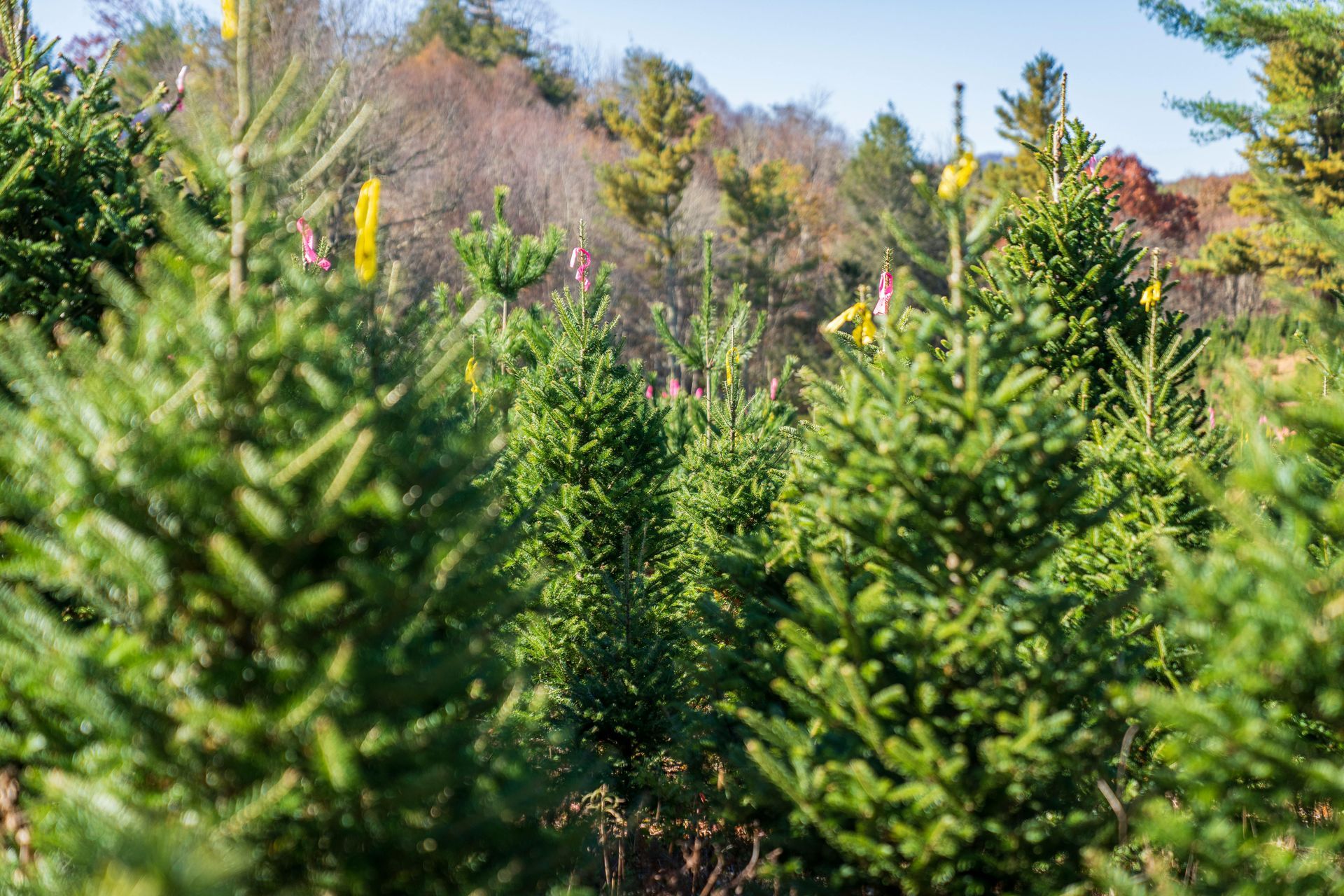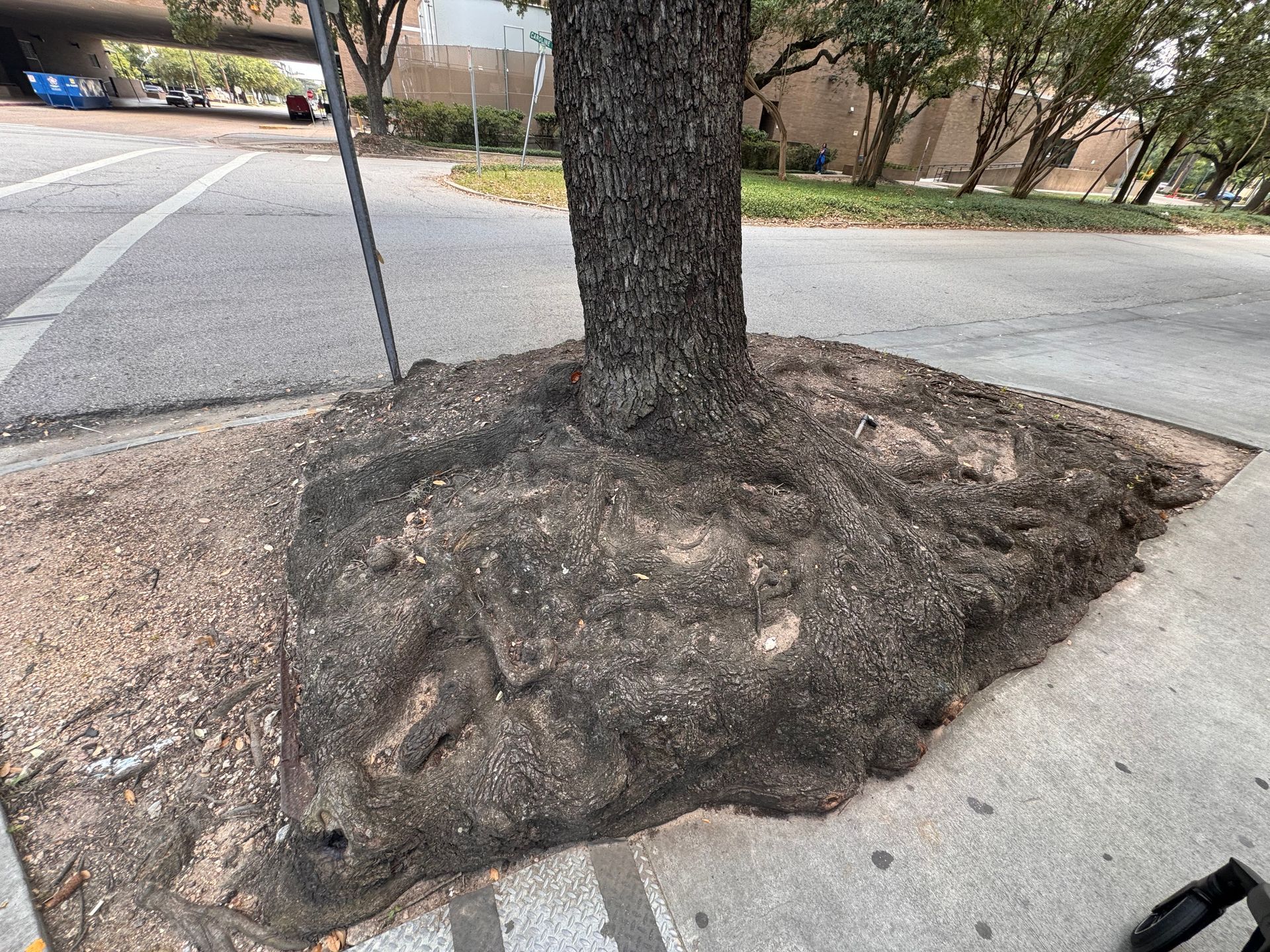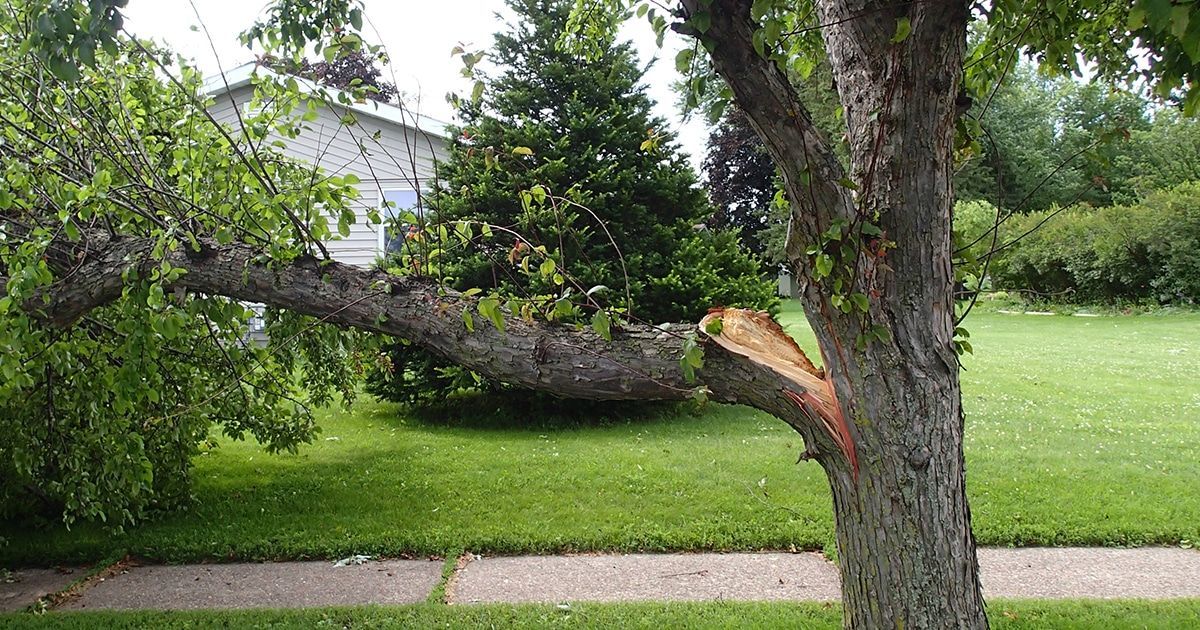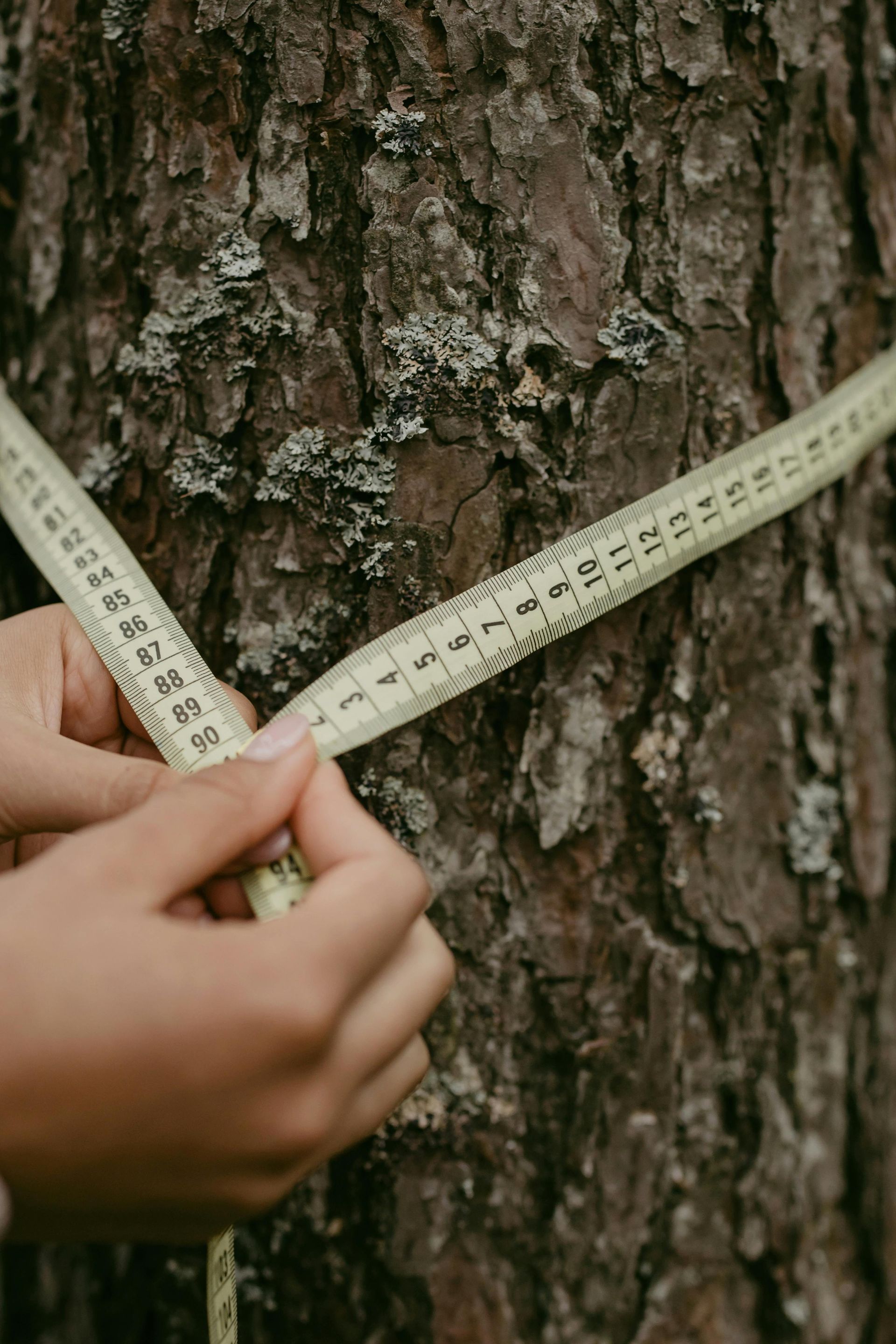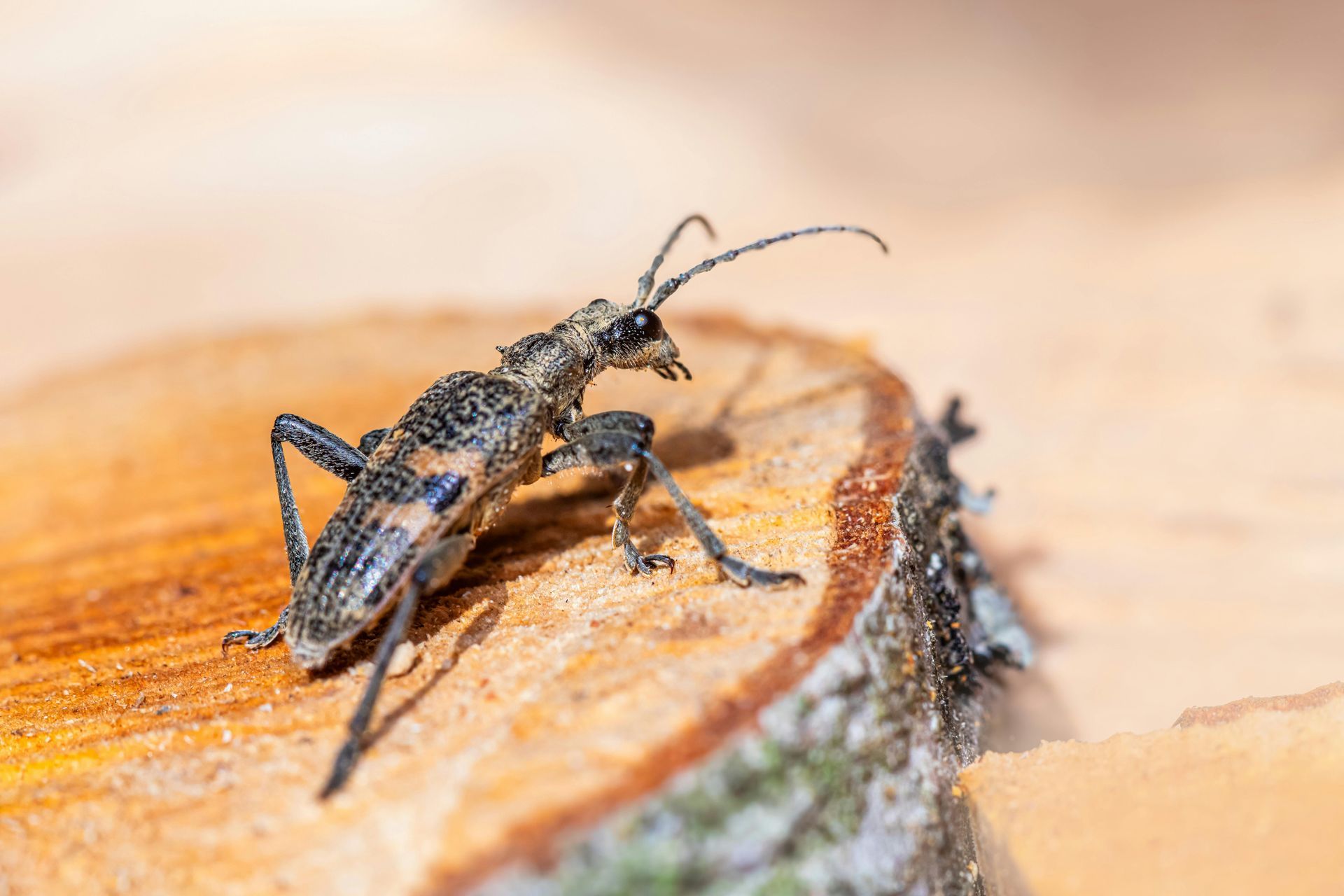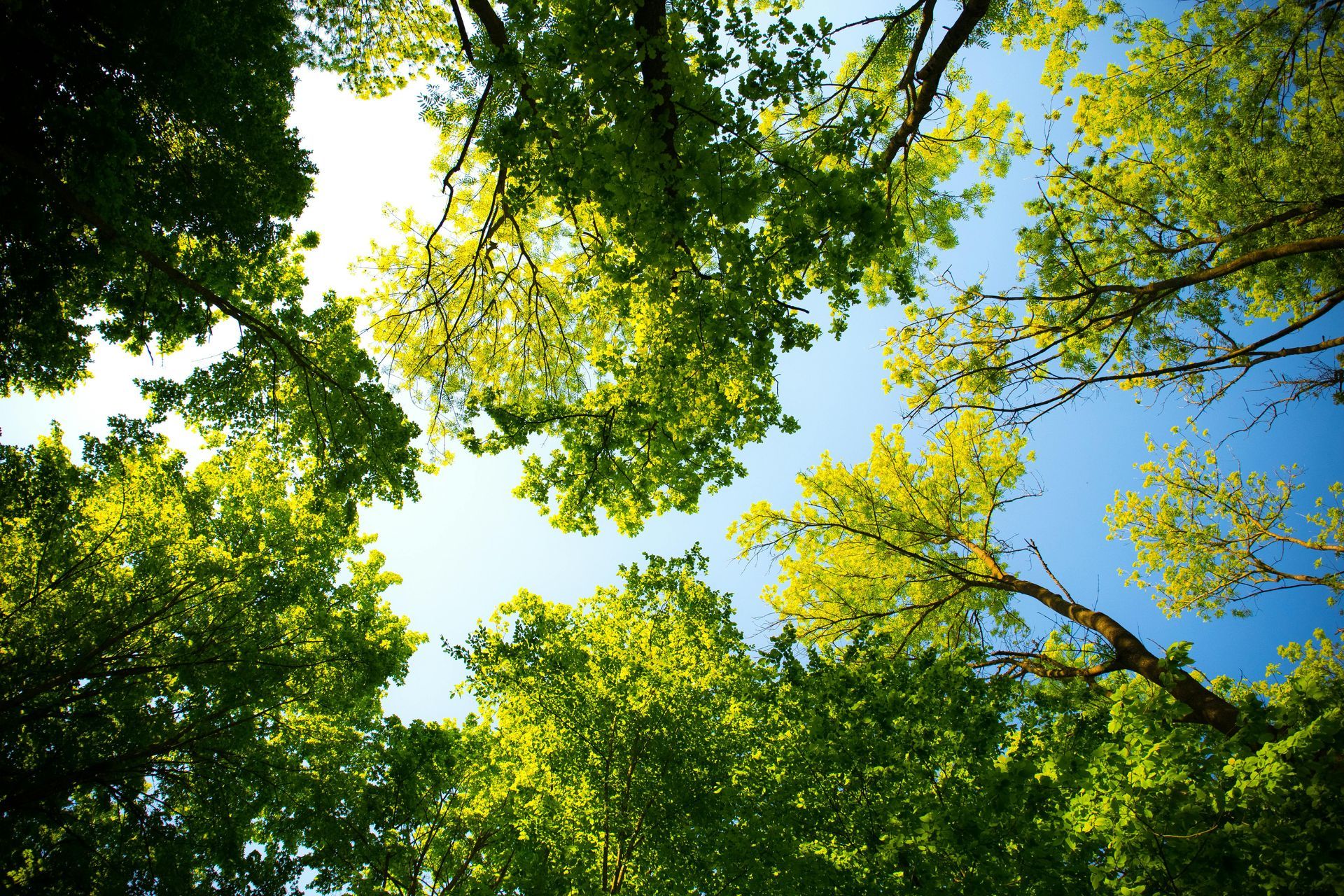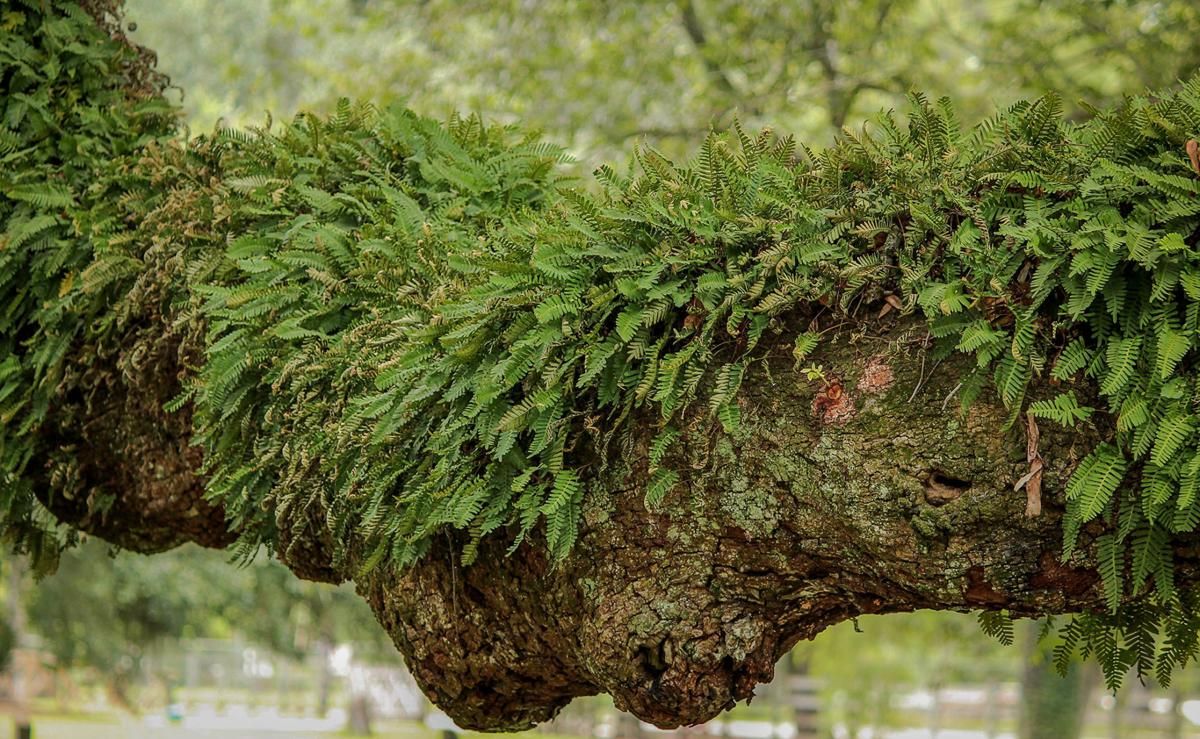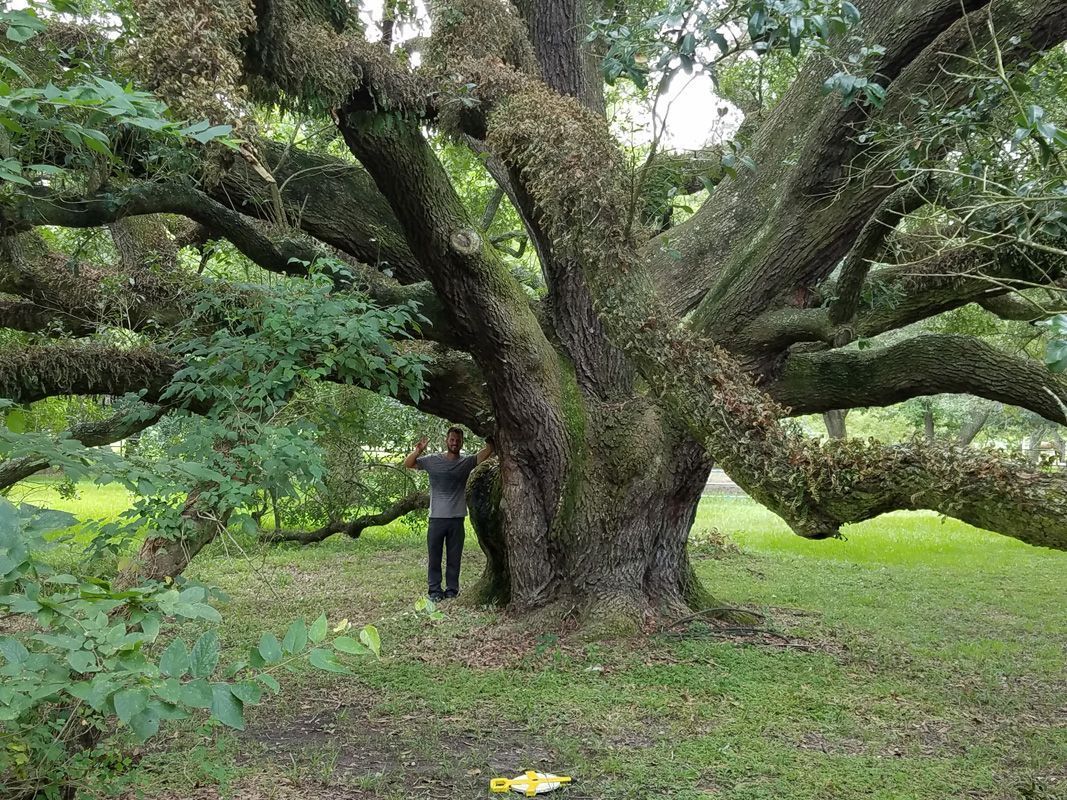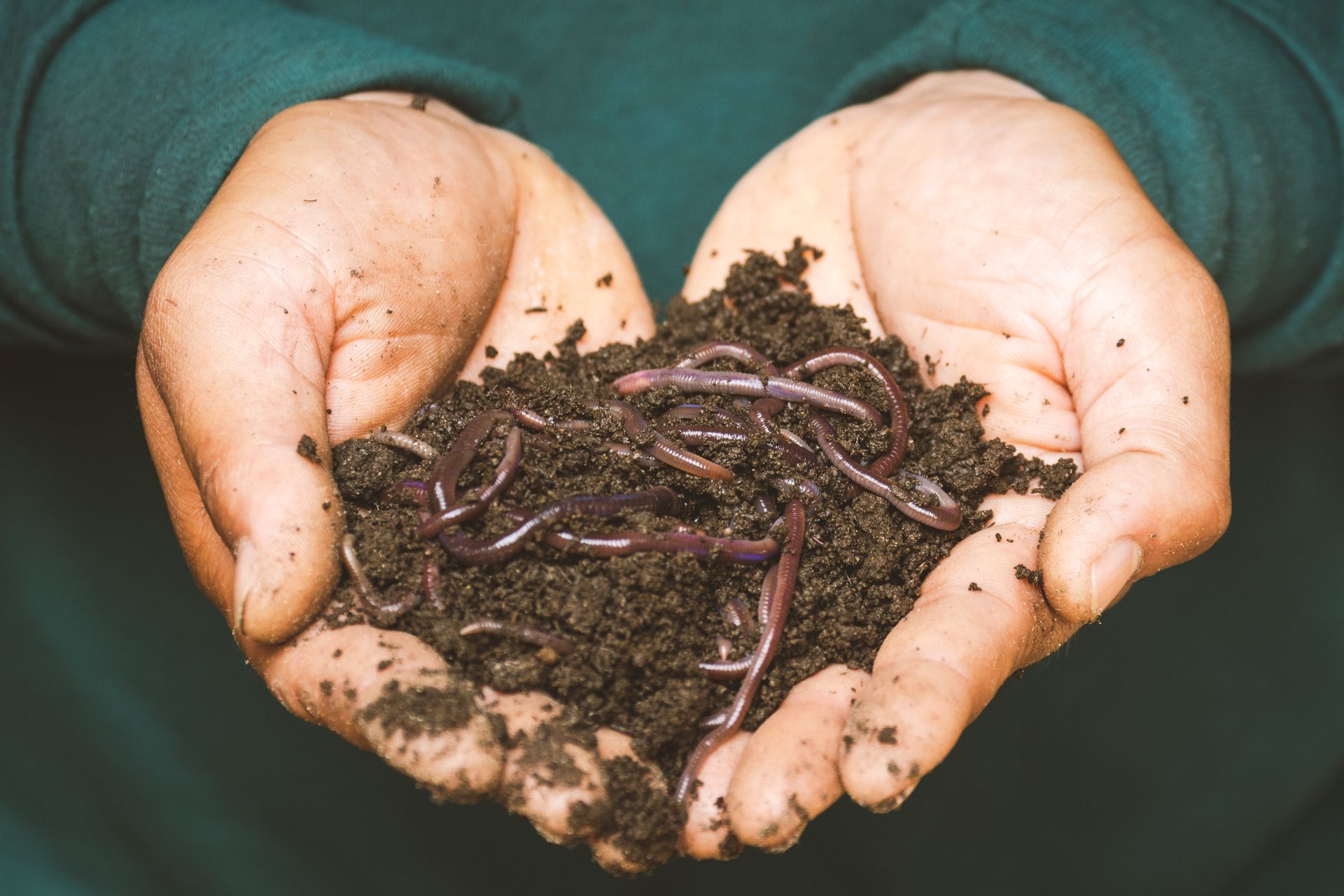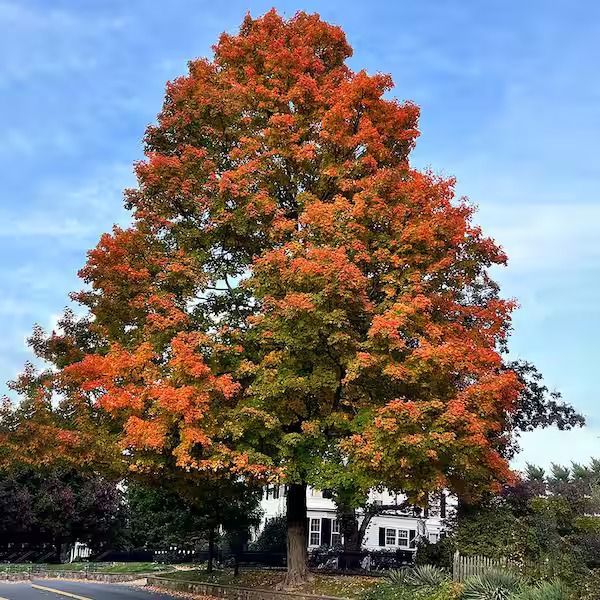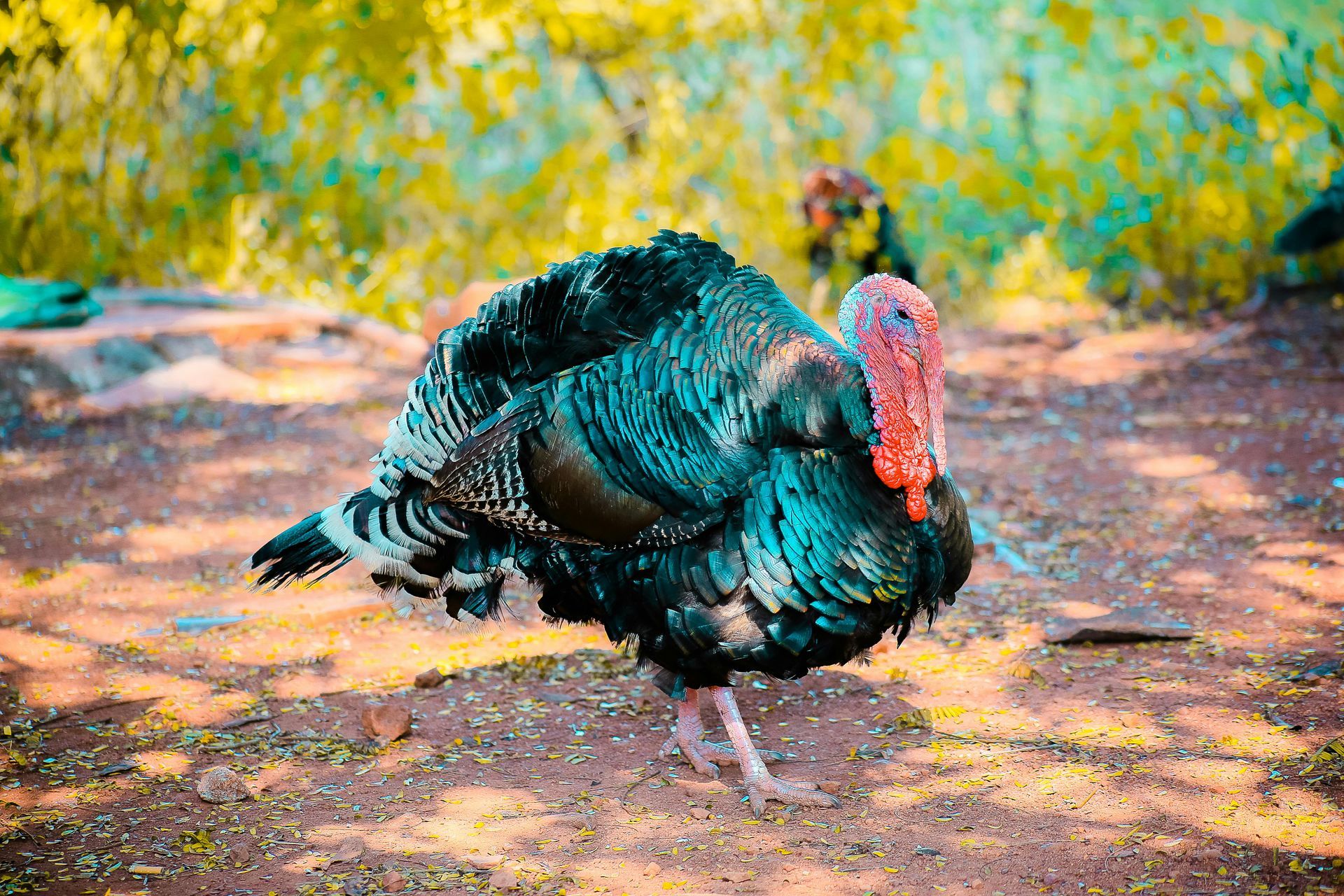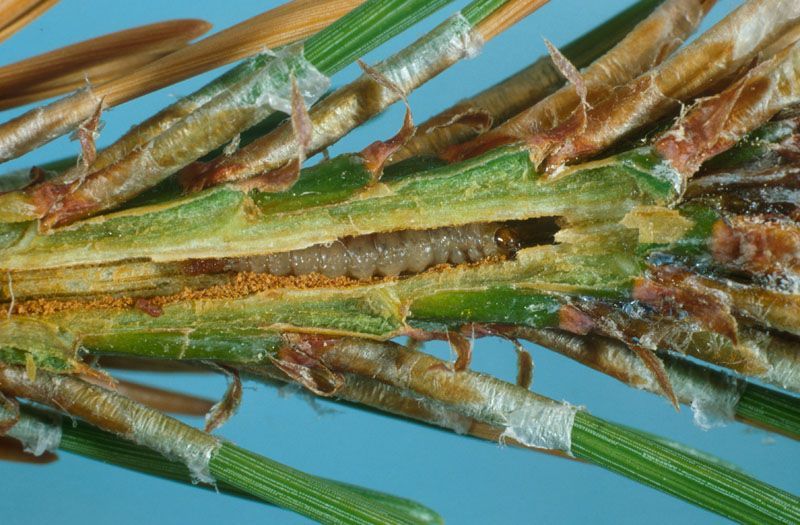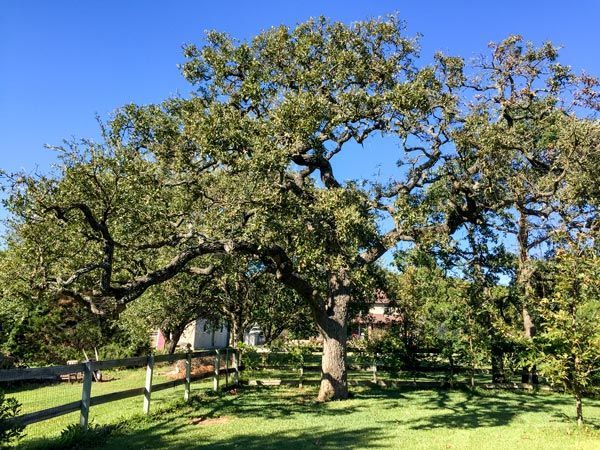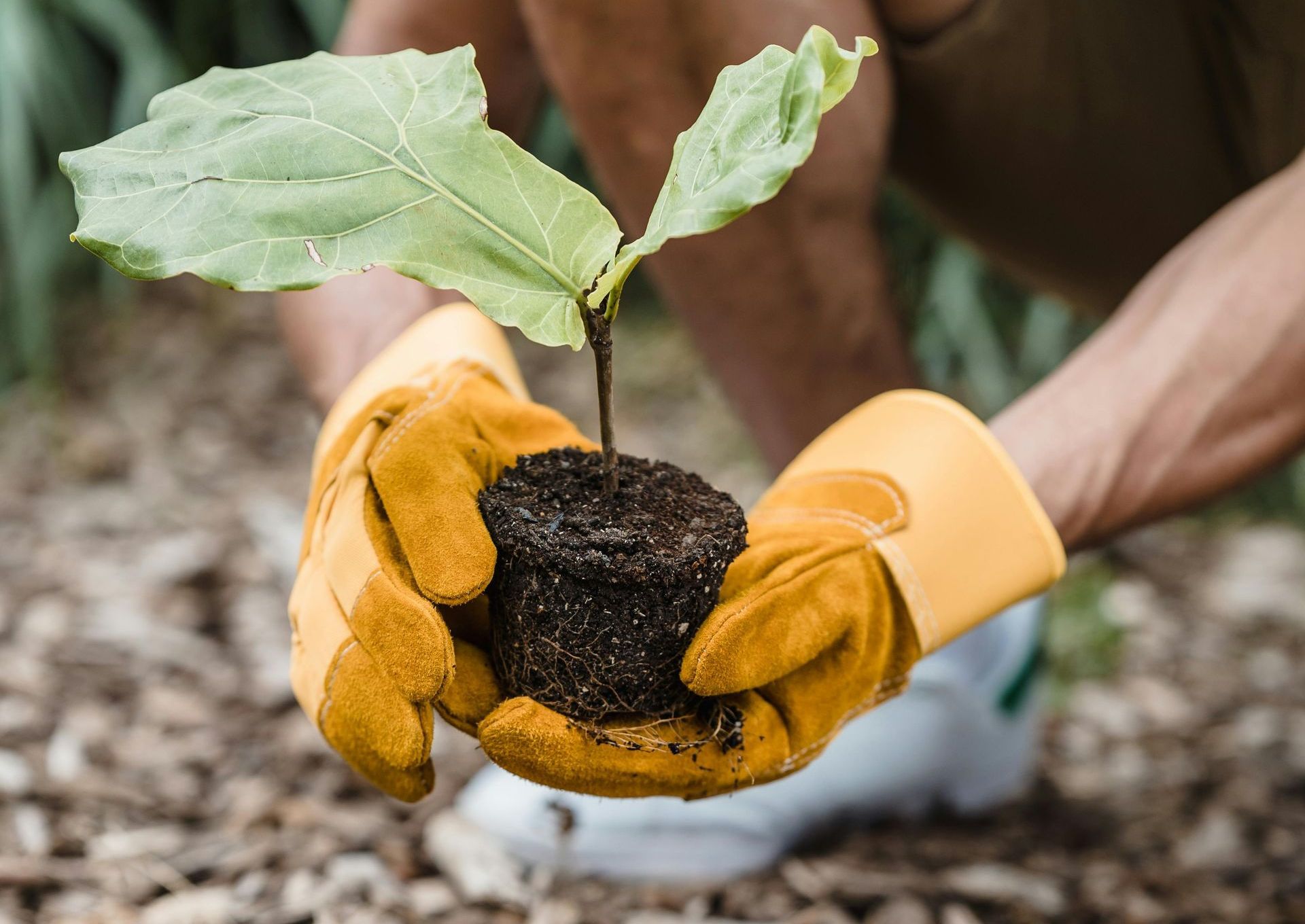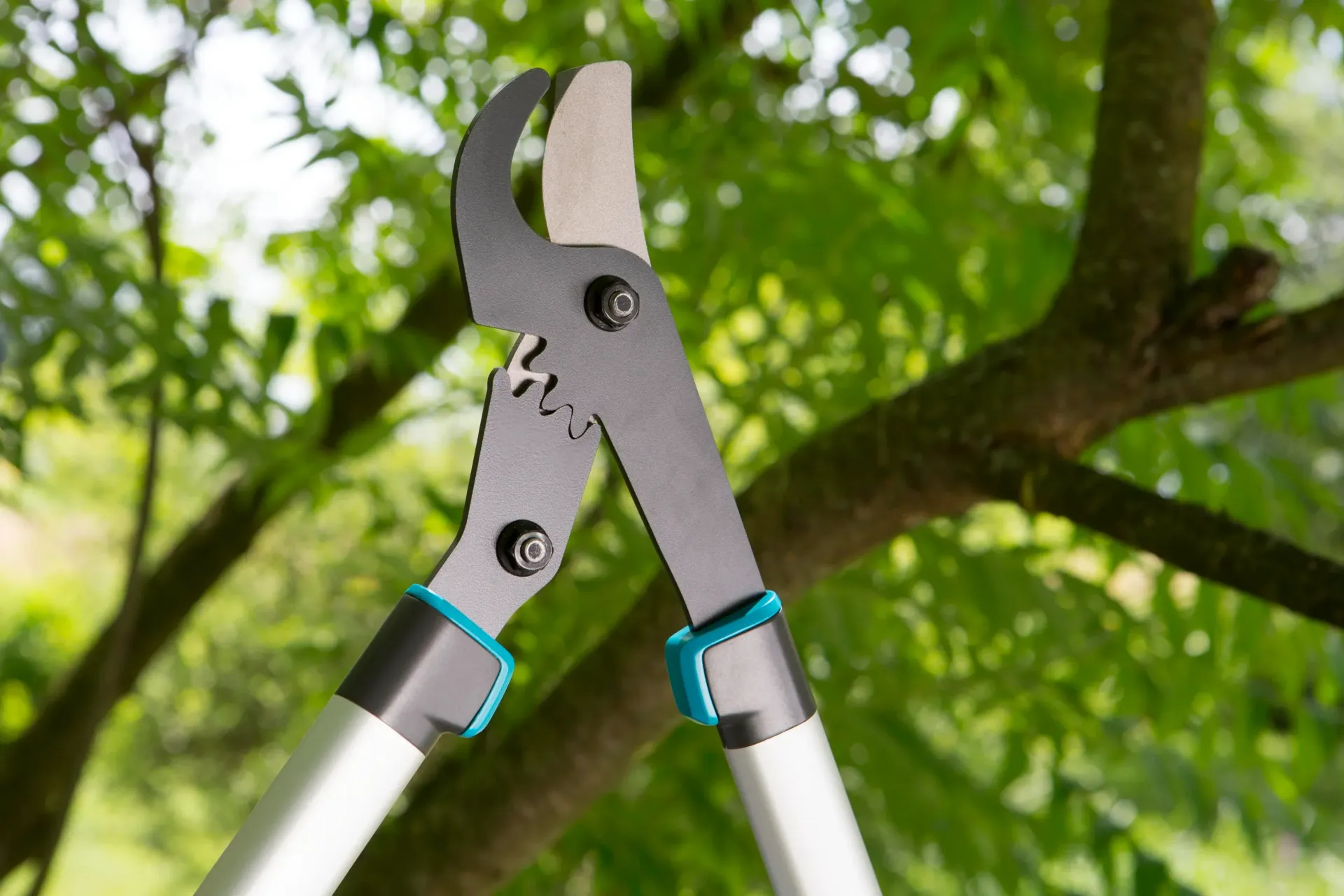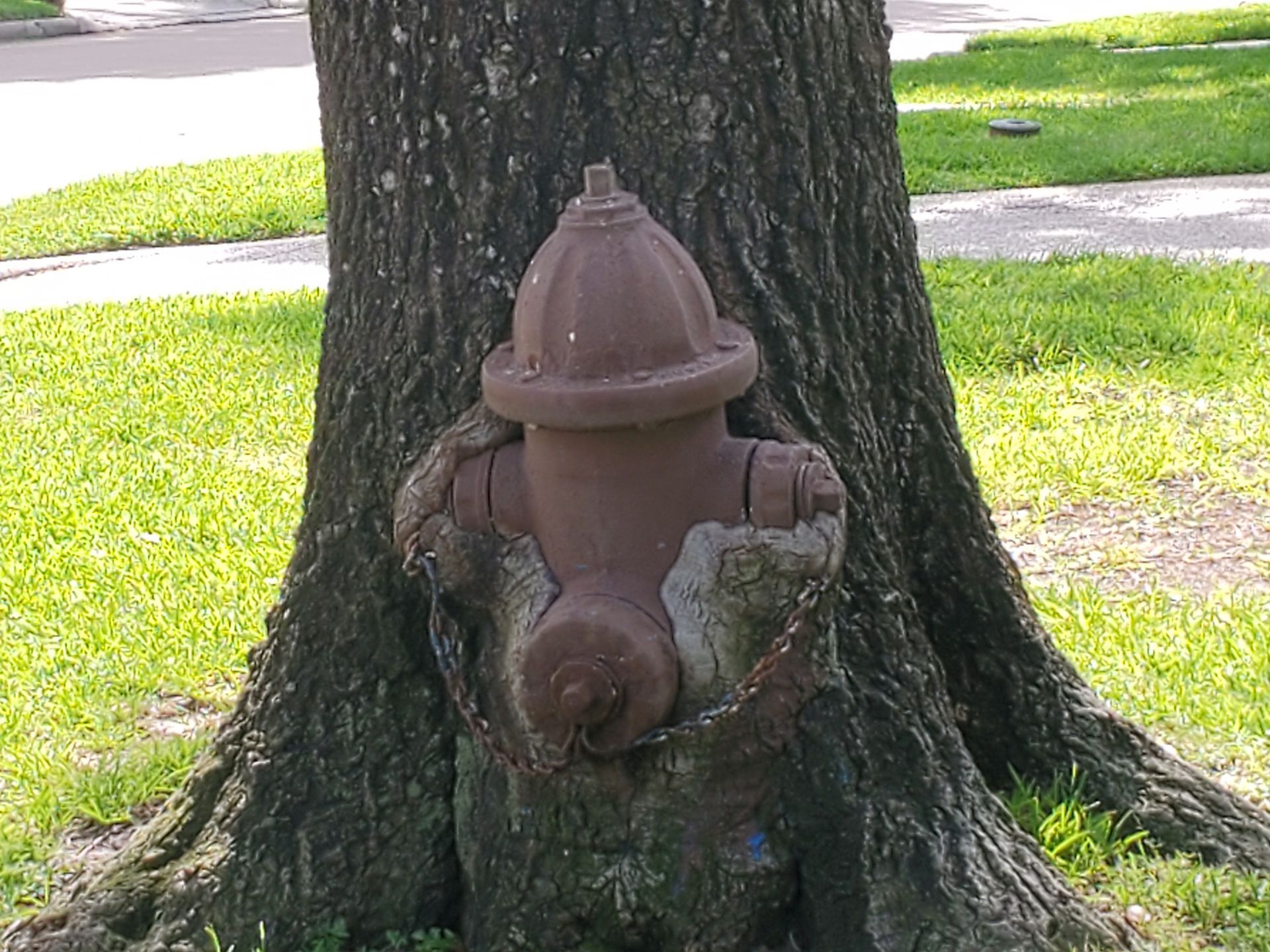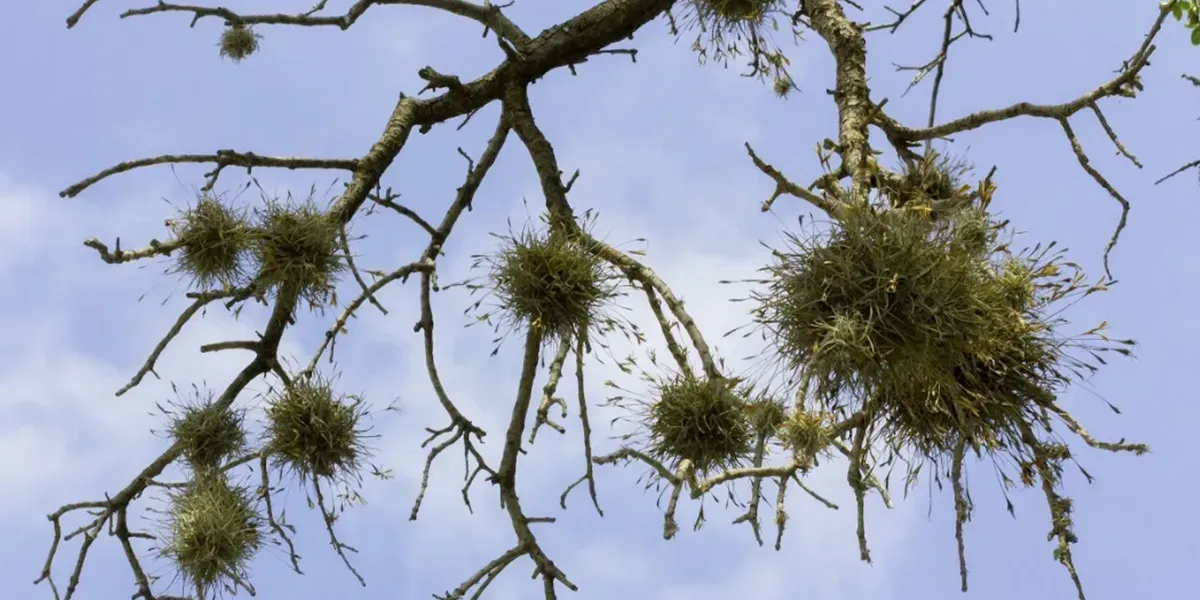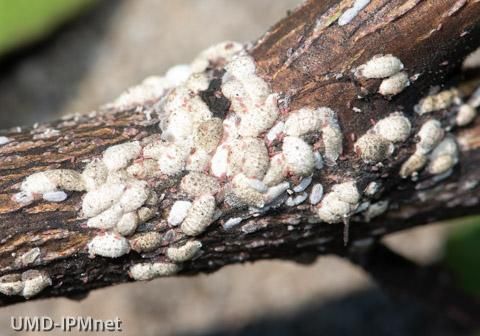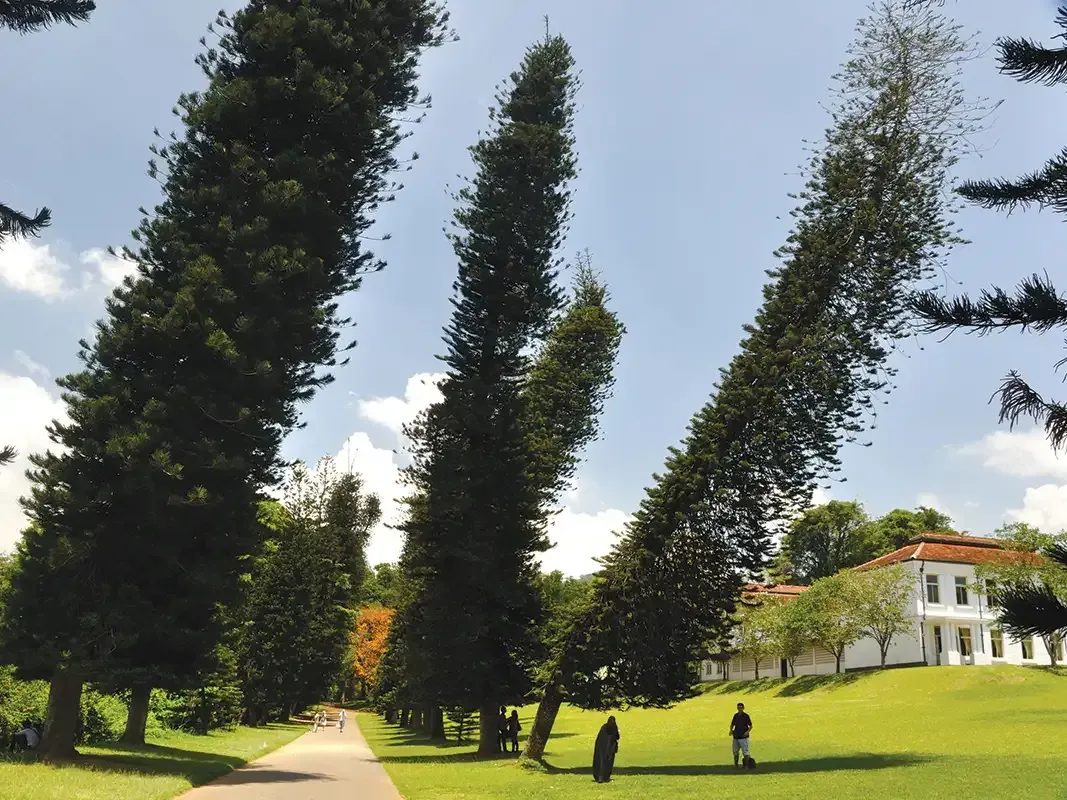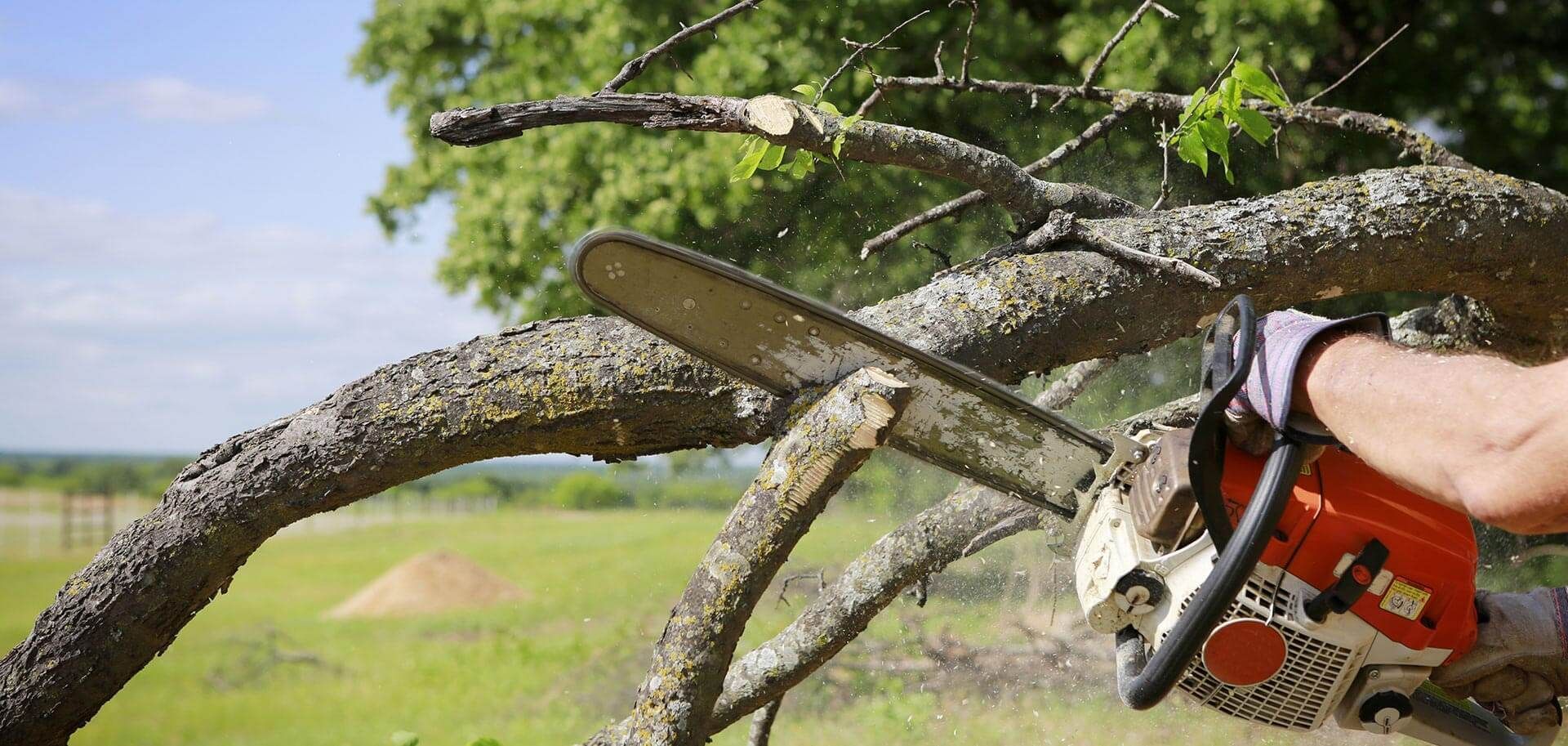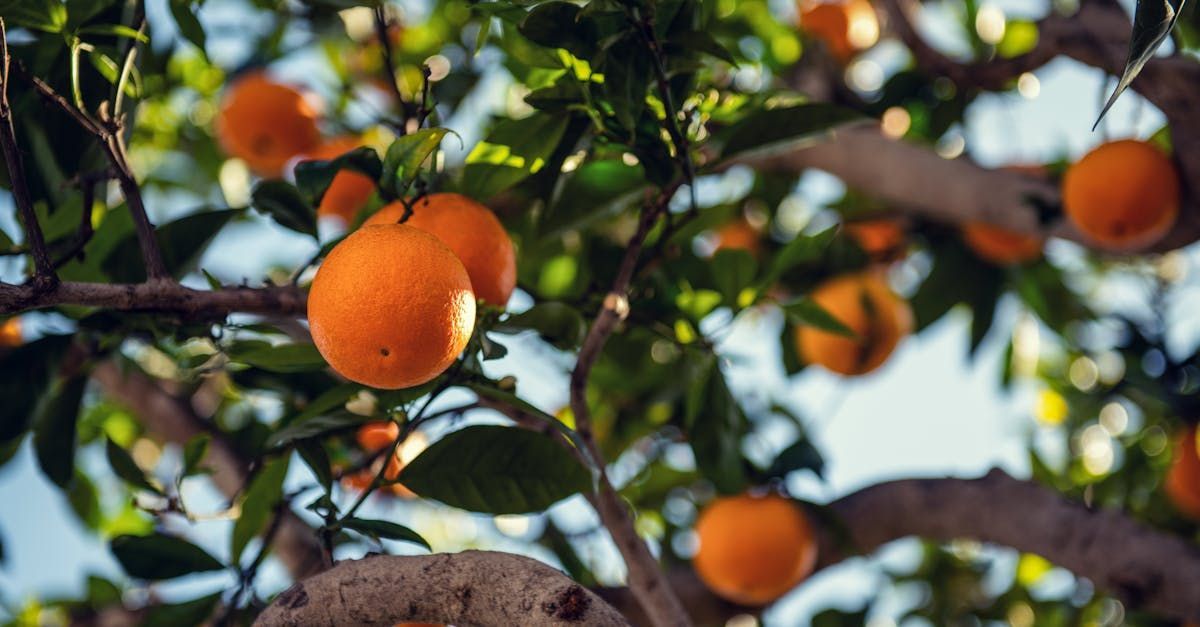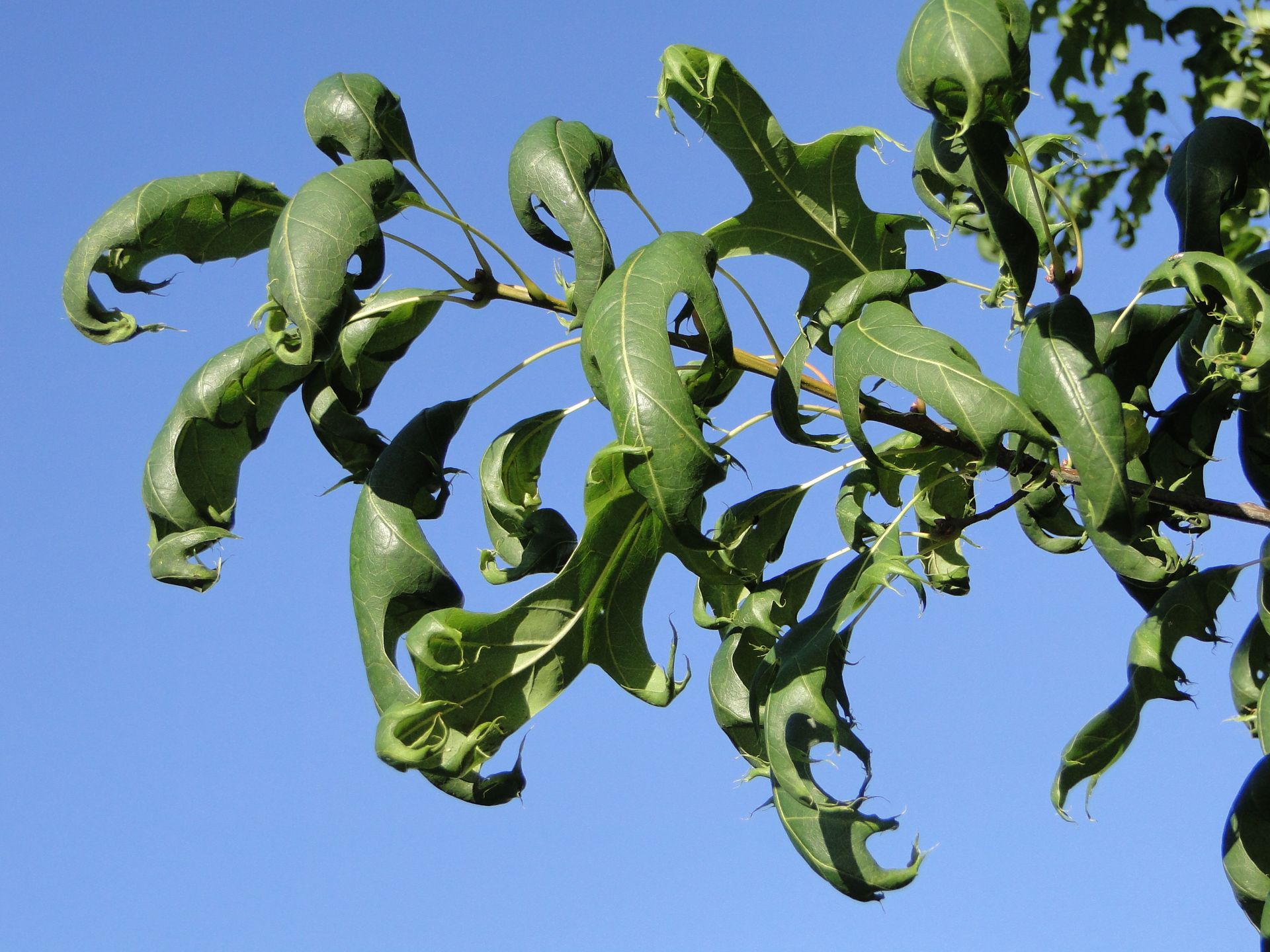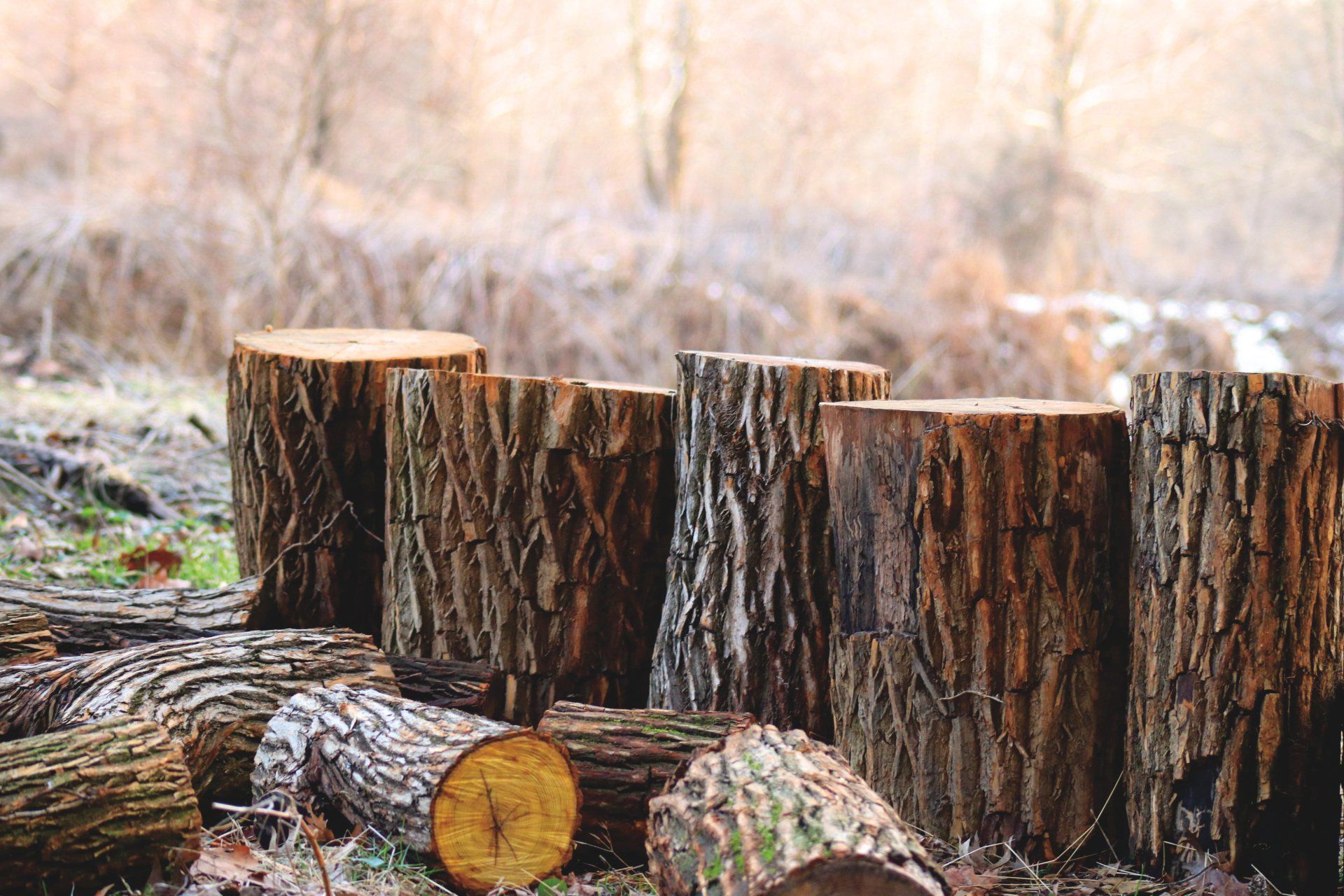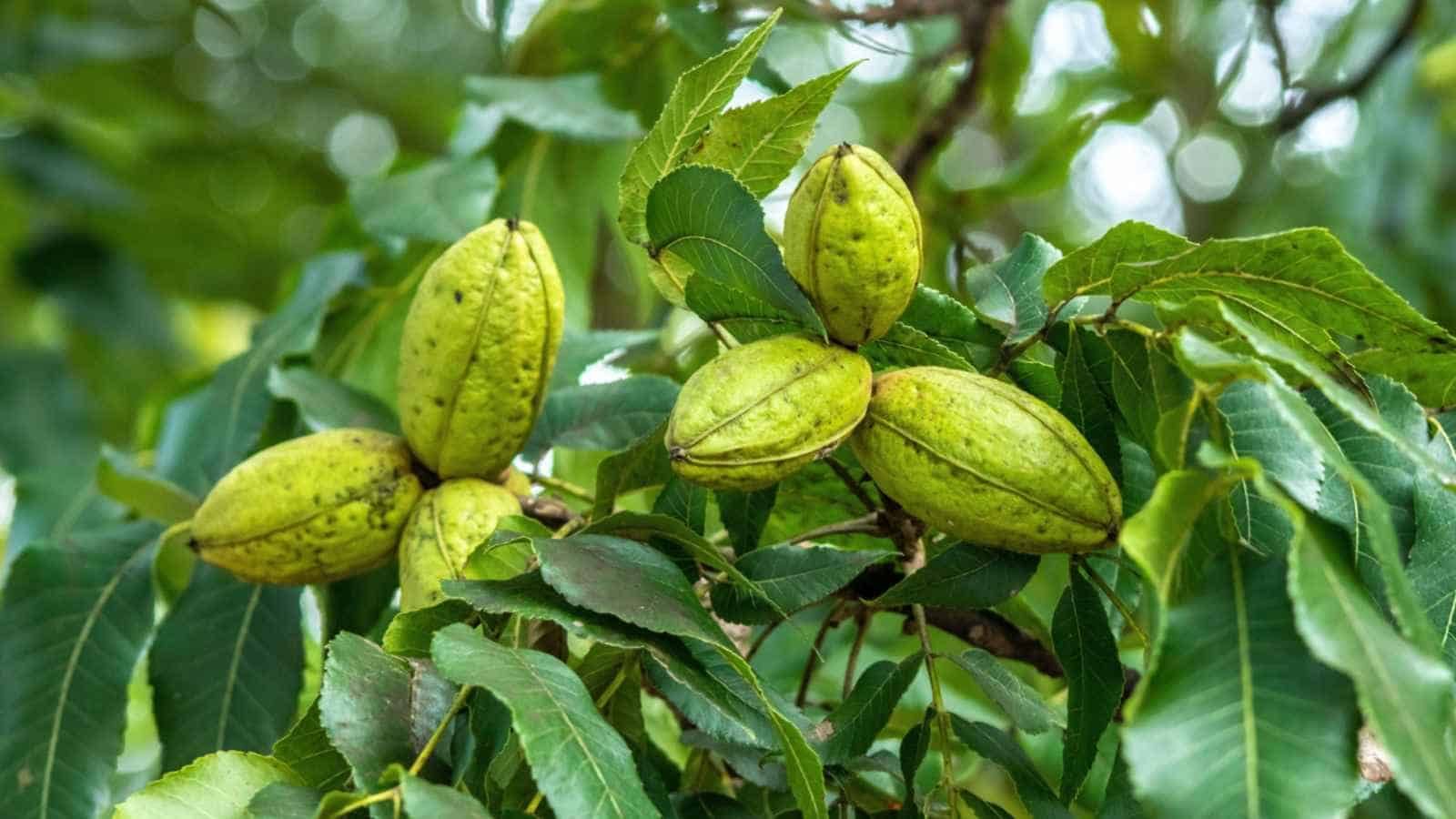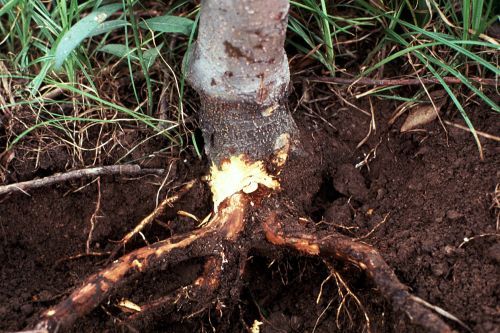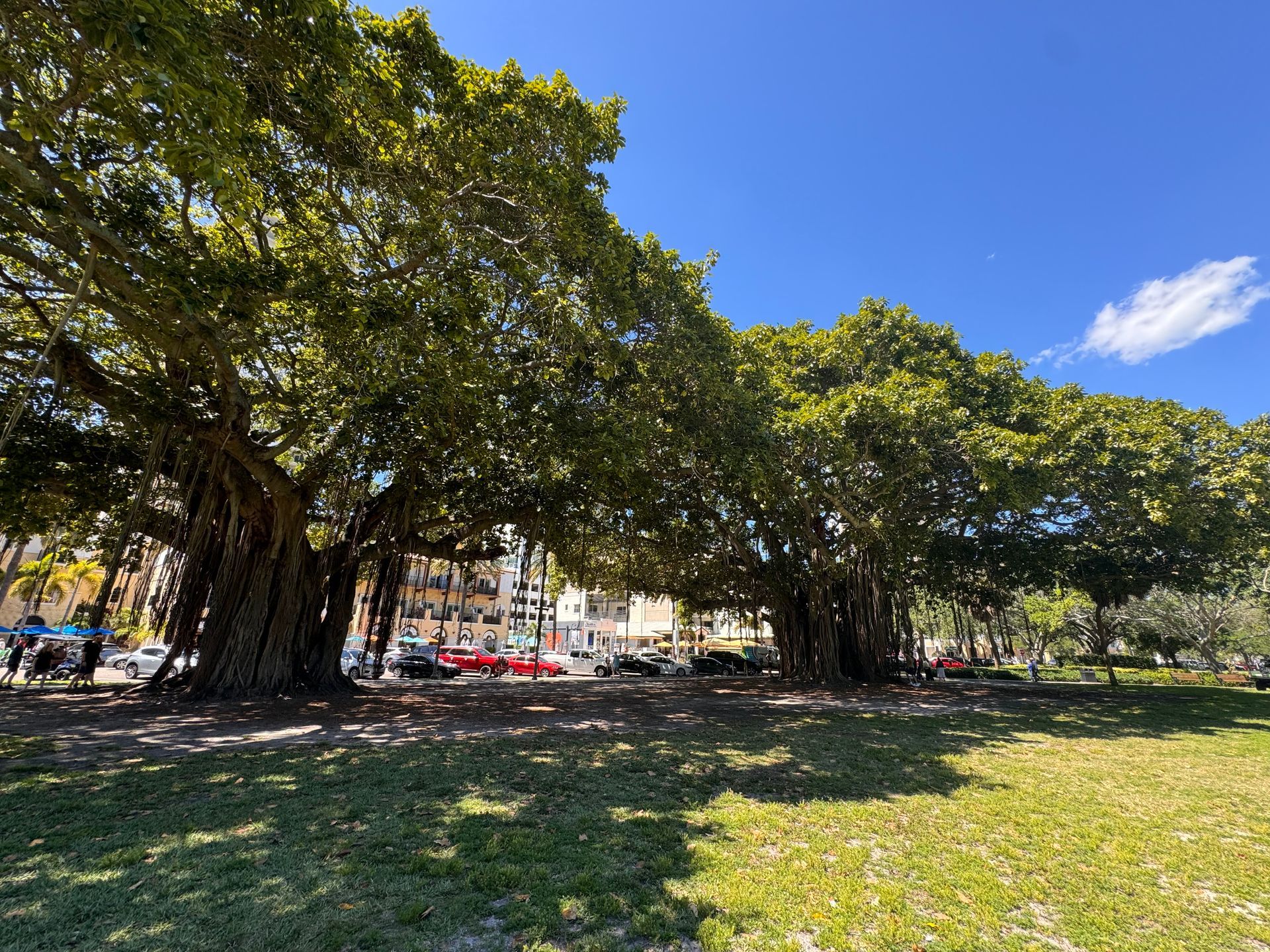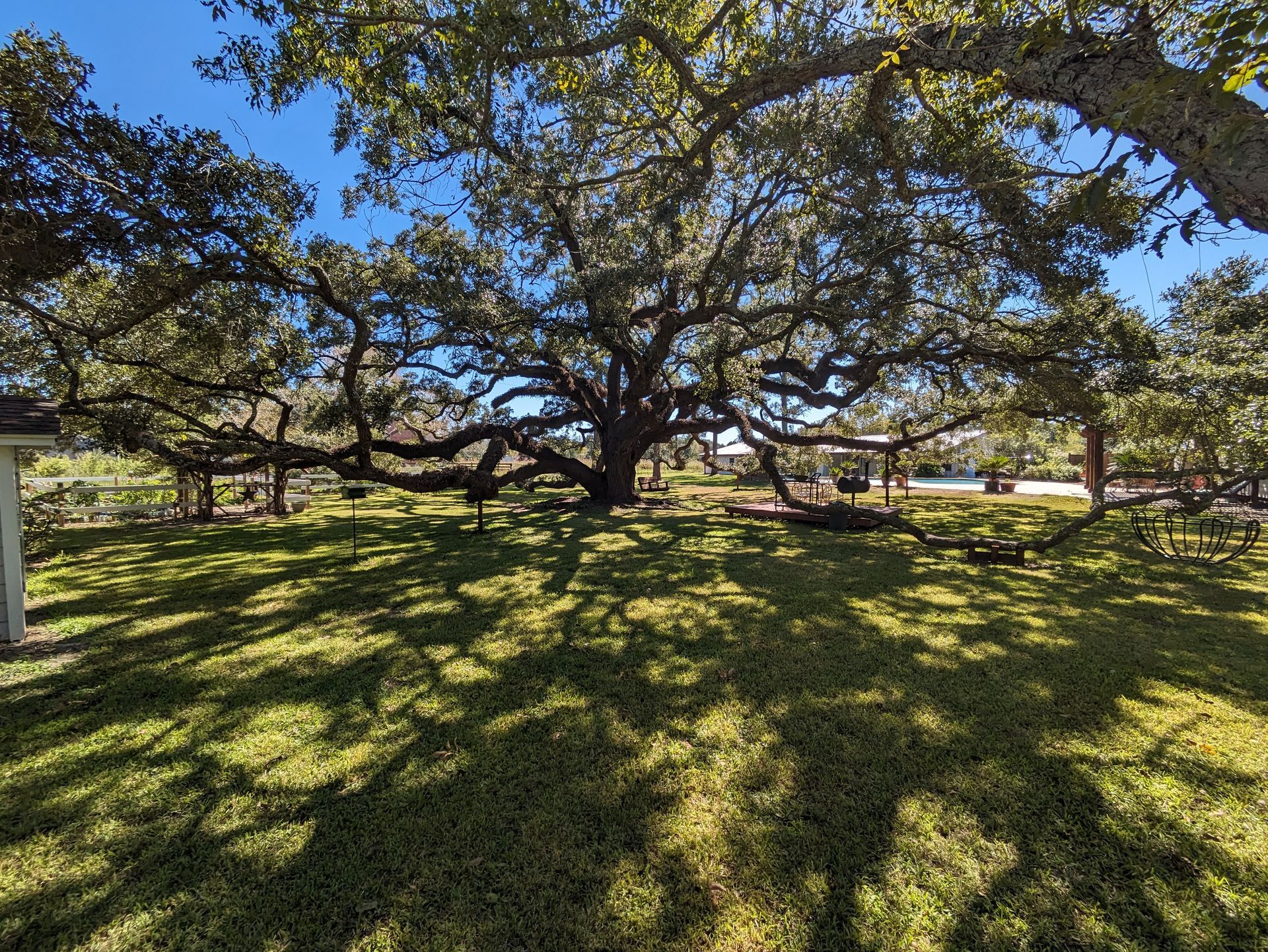Liriope’s Muse: Tree Care Tips from a Master Arborist
TRUSTED TREE CARE SERVICES SINCE 1970
Liriope's Muse: Why Tree Health Inspections Matter (And How Often to Do Them)
Trees are one of the greatest assets in any landscape. They offer beauty, shade, cleaner air, and increase property value. But like any living thing, trees can suffer from health problems that aren’t always visible right away. If left unchecked, minor issues can turn into major risks—leading to costly damage, safety hazards, or even the loss of the tree itself. That’s why regular tree health inspections are so important—and why having them done by a certified arborist is one of the smartest ways to protect your investment.
At Eric Putnam BCMA, Inc., we often meet property owners who first call us after they notice something wrong—a thinning canopy, a crack in the trunk, or dead limbs dropping unexpectedly. By the time these symptoms show up, there’s often been internal damage happening for years. Regular inspections allow us to catch these issues early, when treatments are simpler, more affordable, and far more effective at preserving the life of the tree.
What Happens During a Tree Health Inspection?
A professional tree health inspection is a detailed, ground-based evaluation of a tree’s condition. We look closely at several areas:
- Canopy health: Are there thinning spots, dead branches, unusual leaf color, or premature leaf drop?
- Trunk and bark: We look for cracks, cavities, fungal growth, bleeding, or insect damage.
- Root and soil conditions: Exposed roots are checked for girdling or decay, and the surrounding soil is evaluated for compaction, poor drainage, or other stress factors.
- Structural stability: We assess branch attachments, stem structure, and potential weaknesses that could pose a risk.
- Pests and diseases: Early signs of insects, fungi, or bacterial infections are carefully documented.
After the inspection, we provide a clear, detailed report along with practical recommendations. If treatments are needed, they are based on sound arboricultural practices—not guesswork.
Why Routine Tree Inspections Are So Important
Early Detection Saves Trees and Money
Most serious tree problems don’t happen overnight. They start small, hidden inside the trunk, the roots, or the canopy. By the time a tree starts shedding limbs or leaning dangerously, it’s often too late for easy solutions. Regular inspections catch problems early, saving you from expensive removals, property damage, or emergency tree services.
Protecting Safety and Property
Trees with hidden structural problems can become dangerous, especially during storms or high winds. Weak limbs, internal decay, or root instability can cause serious injuries or damage to homes and vehicles. Annual inspections are one of the best ways to identify risks and take action before accidents happen.
Extending Tree Lifespan
Healthy trees can live for decades, sometimes centuries, with the right care. Inspections help identify environmental stresses like poor soil conditions, root damage, or improper past pruning that might otherwise shorten a tree’s life. Small adjustments today can add years—or even decades—to a tree’s future.
Preserving Beauty and Environmental Value
Well-maintained trees enhance the beauty of a property and support the local ecosystem. Inspections help maintain healthy, full canopies and strong structures that resist storms, disease, and pest infestations.
How Often Should Trees Be Inspected?
The right inspection schedule depends on the specific trees and the conditions they’re growing in, but a good general rule is:
- Once a year for most mature trees, especially those near buildings, driveways, or pedestrian areas.
- Twice a year for trees with known health issues, past damage, or pests.
- After major weather events like hurricanes, ice storms, or high winds.
- Before and after construction if any work is planned near trees, to monitor root zone impacts.
- At planting and during the first few years after installation, when trees are most vulnerable to transplant stress.
Inspection plans should be based on the tree species, the landscape, and your goals—always taking a proactive approach rather than waiting for problems to arise.
Why It Matters Who Does the Inspection
Tree health inspections aren’t just about taking a quick glance at a tree. They require a trained eye, deep knowledge of tree biology, and experience diagnosing subtle problems. A Board-Certified Master Arborist can spot early warning signs that others miss, recommend appropriate treatments, and provide advice that aligns with the latest industry standards. Working with a certified professional ensures your trees are cared for with precision, not guesswork.
Protect Your Trees and Your Investment
Trees are living investments that take decades to mature, and once they’re lost, they can’t simply be replaced. Routine tree health inspections are a simple, affordable way to protect the trees you love—and to safeguard your property’s beauty, safety, and value.
If you haven’t had your trees inspected recently, or if you’re concerned about the health of a particular tree, now is the time to act. Contact Eric Putnam BCMA, Inc. to schedule your professional tree health inspection. We’re committed to helping you protect and enjoy your trees for years to come.
Liriope’s Muse - Expert Tree Care Tips
